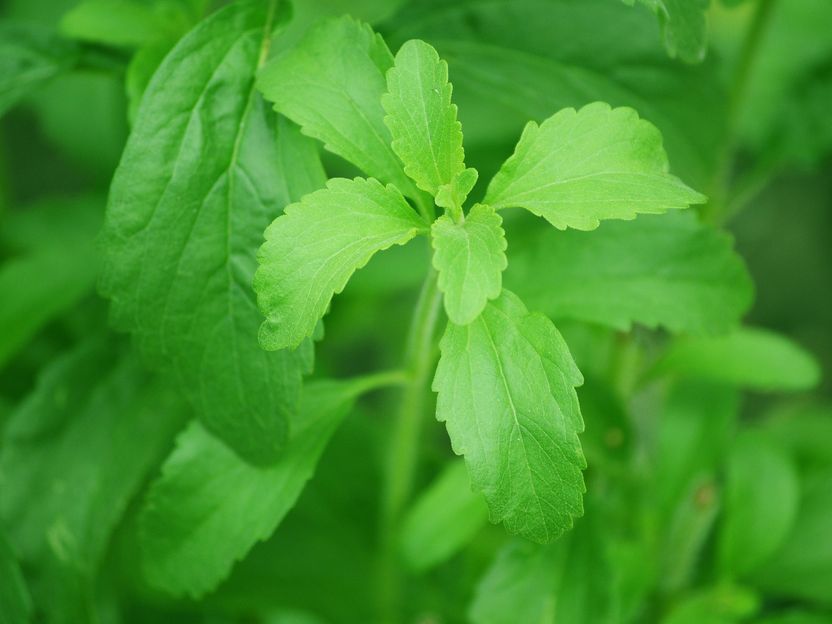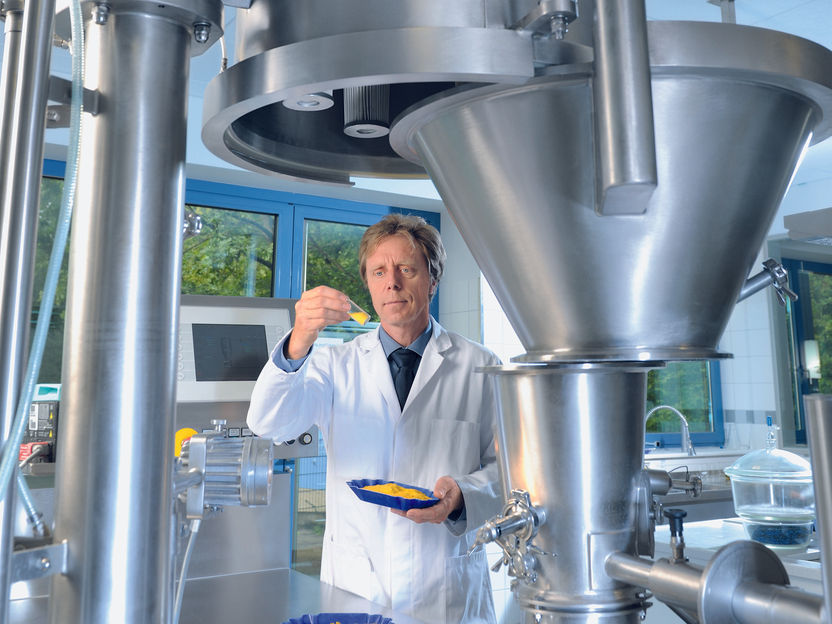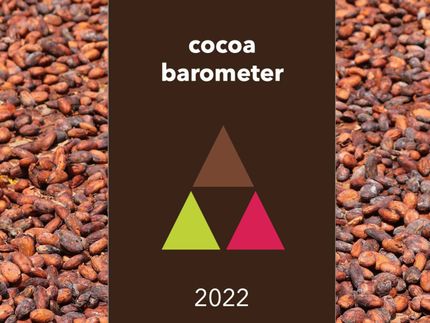Revealing the secret cocoa pollinators
International research team led by Göttingen University investigates landscape and farm-level management in cocoa agroforests in Indonesia
The importance of pollinators to ensure successful harvests and thus global food security is widely acknowledged. However, the specific pollinators for even major crops – such as cocoa – haven’t yet been identified and there remain many questions about sustainability, conservation and plantation management to enhance their populations and, thereby, pollination services. Now an international research team based in Central Sulawesi, Indonesia and led by the University of Göttingen has found that in fact ants and flies – but not ceratopogonid midges as was previously thought – appear to have a crucial role to play. In addition, they found that promoting biodiversity friendly landscapes, leaf-litter and trees providing shade in agroforestry systems were important to enhance tiny cocoa pollinators. The research was published in Biological Conservation.

Cocoa flower visited by a tiny parasitic wasp
Manuel Toledo
The team, in collaboration with Tadulako University in Palu, carried out two separate experiments involving 42 cocoa agroforestry farms in the Napu Valley of Central Sulawesi. The work included applying a sticky glue to over 15,000 flowers in more than 500 trees for an eight-month period and recording the identity and abundance of captured flower visitors. In one experiment involving 18 farms, they investigated the effect of the distance between the forest and the farm, and the amount of canopy cover from shade trees, on the abundance of the main pollinators. In the second experiment in 24 different cocoa farms, they measured the effect of leaf-litter management on pollinators. In both experiments they quantified the amount of forest and agroforests surrounding the 42 cocoa farms.
The researchers found that ants were the most common flower-visitors. This highlighted their potential as pollinators whether directly (by transporting pollen), or indirectly (by disturbing pollinators and promoting their movement). The study also shows that preserving biodiversity friendly landscapes, such as forests and agroforests, and promoting agroforestry systems is crucial for pollinator conservation. This in turn promotes pollination and sustainable cocoa production. “We were surprised that we did not capture any ceratopogonid midges, even though these tiny midges were considered the most important pollinators of cocoa. This emphasizes that cocoa pollinators are more diverse than previously known but also that there is still much to learn,” said Dr Manuel Toledo-Hernández, from the University of Göttingen and first author of the study. “Current global cocoa initiatives should consider the role of biodiversity friendly habitats for the conservation of pollinators, because their pollination services are an ecological alternative towards current commitments on combining high yields with conservation,” added Toledo-Hernández and his coauthors Teja Tscharntke and Thomas C. Wanger.
Original publication
Other news from the department science

Get the food & beverage industry in your inbox
By submitting this form you agree that LUMITOS AG will send you the newsletter(s) selected above by email. Your data will not be passed on to third parties. Your data will be stored and processed in accordance with our data protection regulations. LUMITOS may contact you by email for the purpose of advertising or market and opinion surveys. You can revoke your consent at any time without giving reasons to LUMITOS AG, Ernst-Augustin-Str. 2, 12489 Berlin, Germany or by e-mail at revoke@lumitos.com with effect for the future. In addition, each email contains a link to unsubscribe from the corresponding newsletter.
Most read news
More news from our other portals
Last viewed contents

Mintel expects fibre and next-generation stevia to shake up sugar reduction - UK (15%) leads in 'no added sugar' food and drink launches over the past five years
Commitment to environment, employees and society: Südpack publishes first sustainability report

International symposium on microencapsulation - SternMaid issues an invitation to specialist lectures and a tour of the plant




























































